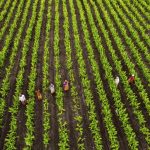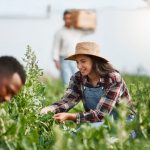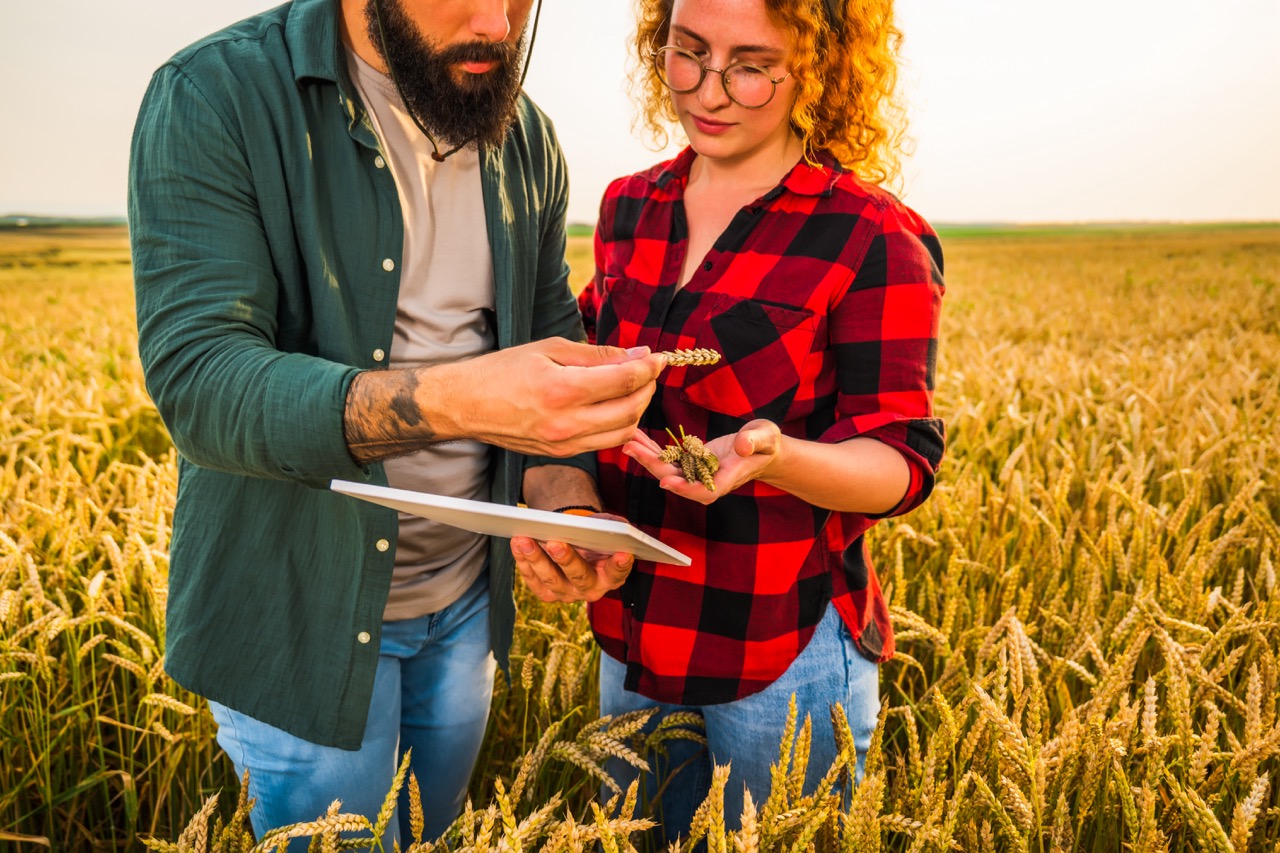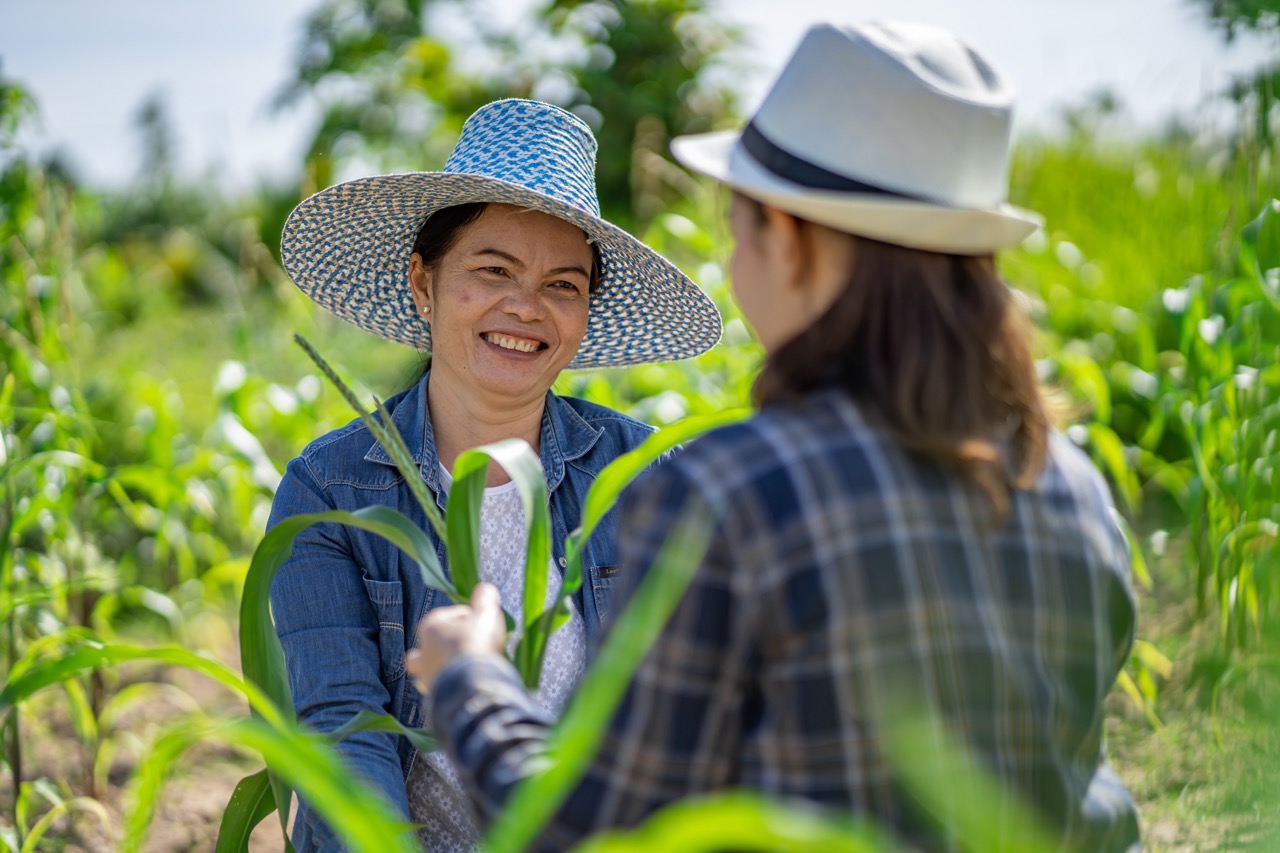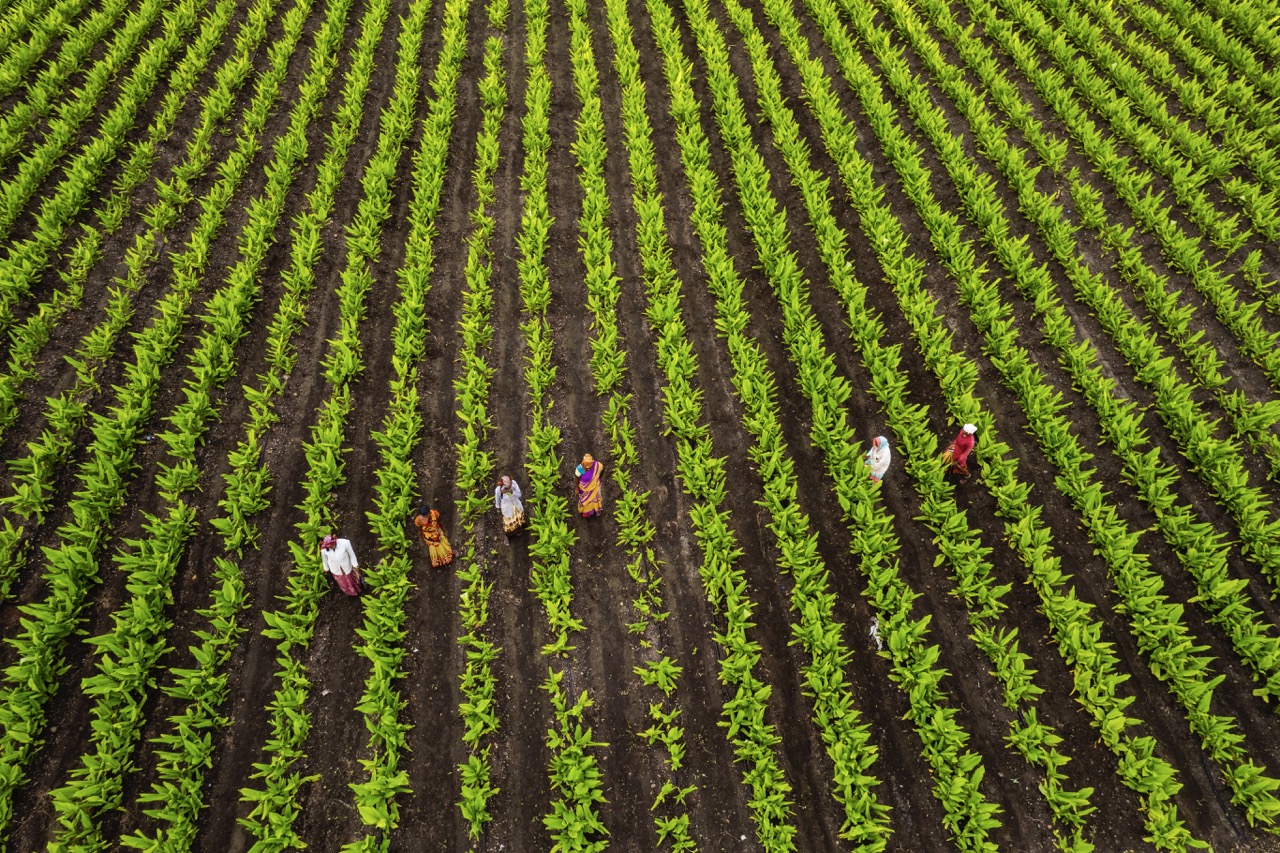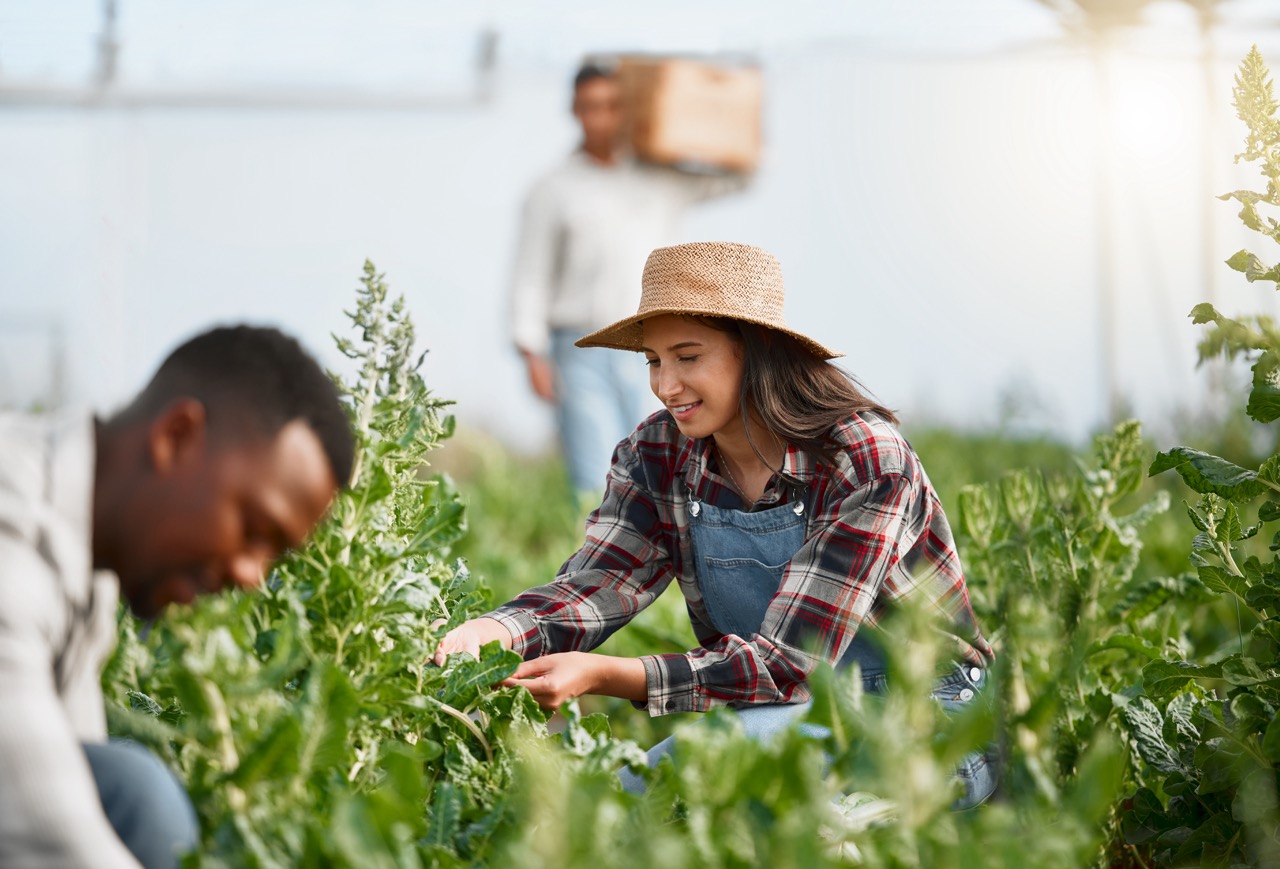Smallholder agriculture plays a pivotal role in the global food system, comprising about 500 million farms worldwide and supporting billions of people. However, these farmers often face a multitude of challenges that hinder their productivity and economic viability. From limited access to resources and inadequate infrastructure to climate change and market fluctuations, the obstacles can be daunting. This article explores common challenges faced by smallholder farmers and offers insights into effective strategies for overcoming them, utilizing technology, and fostering community resilience.
Understanding the Key Challenges Faced by Smallholder Farmers
Smallholder farmers often grapple with issues such as limited access to financial resources, which restricts their ability to invest in better seeds, fertilizers, and farming equipment. Many smallholders operate on tight budgets, making it difficult for them to adopt modern agricultural practices that could improve their yields. Additionally, the lack of credit facilities and financial literacy further exacerbates their struggles, as potential lenders may perceive them as high-risk borrowers.
Another significant challenge is inadequate access to information and extension services. Many smallholder farmers are isolated and lack the necessary support to adapt their farming practices to changing environmental conditions or market demands. This gap in information can lead to inefficient farming techniques and lower productivity, as farmers may not be aware of best practices or new technologies that could benefit their operations. Furthermore, the absence of reliable market information can result in overproduction or underproduction, jeopardizing their livelihoods.
Climate change poses a formidable threat to smallholder agriculture, particularly in regions where farmers depend heavily on rain-fed systems. Unpredictable weather patterns, prolonged droughts, and extreme weather events can devastate crops and reduce yields dramatically. The vulnerability to climate-related risks is compounded by the limited adaptive capacity of smallholder farmers, who often lack the resources to implement climate-smart agricultural practices or invest in irrigation systems to mitigate these effects.
Effective Strategies for Improving Crop Yields and Quality
To enhance crop yields and quality, smallholder farmers can adopt diversified cropping systems that reduce dependency on a single crop and improve soil health. By cultivating a mix of crops, farmers can optimize their land use, minimize the risks associated with crop failure, and improve local biodiversity. Crop rotation and intercropping strategies can also help in pest management and soil nutrient replenishment, leading to healthier and more resilient ecosystems.
Education and training play a crucial role in enabling smallholder farmers to implement best agricultural practices. Extension services should focus on providing practical, hands-on training sessions that empower farmers with the knowledge to optimize their resource use. Workshops and field demonstrations can also foster peer learning, allowing farmers to share experiences and strategies that have proven successful in their local contexts. Building these skills not only enhances productivity but also instills a sense of confidence among farmers.
Investing in quality seeds and sustainable inputs is another vital strategy for improving agricultural outcomes. Farmers should be encouraged to source seeds that are well-suited to their specific climate and soil conditions, as well as those that are resistant to local pests and diseases. Partnerships with agricultural research institutions can facilitate access to high-quality seeds and innovative farming practices, ensuring that smallholders have the tools they need to thrive in a competitive market.
Harnessing Technology to Combat Agricultural Limitations
The integration of technology into smallholder farming can significantly alleviate many existing limitations. Mobile applications and online platforms can provide farmers with real-time weather updates, market prices, and best agricultural practices. These digital tools empower farmers to make informed decisions about planting times, pest management, and resource allocation, ultimately leading to improved yields and profit margins. The accessibility of information through technology bridges the gap between traditional practices and modern agricultural techniques.
Moreover, precision agriculture technologies, including drones and soil sensors, offer smallholder farmers the ability to monitor their fields closely and manage resources efficiently. By utilizing these technologies, farmers can optimize input usage, reduce waste, and enhance crop health. While the initial investment in such technologies may be daunting, various programs and cooperatives have begun offering affordable access options, making them more attainable for smallholder farmers.
Finally, blockchain technology can enhance transparency and traceability in agricultural supply chains. By implementing blockchain solutions, farmers can ensure that their produce reaches consumers without exploitation or fraud. This technology not only fosters fair trade practices but also builds trust among consumers, who increasingly demand transparency in the products they purchase. As smallholder farmers harness these technological advancements, they can break free from traditional constraints and unlock new economic opportunities.
Building Resilience Through Community and Cooperative Efforts
Community engagement and cooperative efforts can significantly bolster the resilience of smallholder farmers. By forming cooperatives, farmers can pool resources, share knowledge, and collectively negotiate better prices for inputs and outputs. Such collaborations not only enhance their bargaining power but also foster a sense of solidarity among community members, enabling them to navigate challenges more effectively together.
Local farmer groups can serve as vital support networks, facilitating access to training, resources, and market information. By working together, farmers can identify common challenges and develop localized solutions, whether through shared irrigation systems or joint marketing strategies. The collective action can amplify their voice in policy discussions, promoting favorable agricultural policies that address their specific needs.
Furthermore, community resilience can be enhanced through the promotion of sustainable agricultural practices that focus on environmental stewardship. Initiatives such as agroforestry and permaculture can strengthen local ecosystems while providing additional income sources for farmers. By integrating these practices and fostering a culture of sustainability, smallholder farmers can build resilience against the pressures of climate change and market volatility, ensuring the long-term viability of their agricultural systems.
Overcoming the common challenges faced by smallholder farmers is essential for achieving food security and fostering economic development globally. By understanding the hurdles they encounter, implementing effective strategies, leveraging technology, and building community resilience, smallholder farmers can enhance their productivity and sustainability. As stakeholders—from governments to NGOs—collaborate to address these issues, the future of smallholder agriculture looks promising, paving the way for a more equitable and resilient food system.


